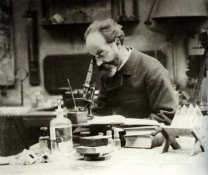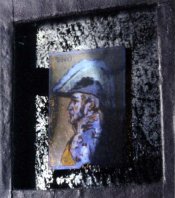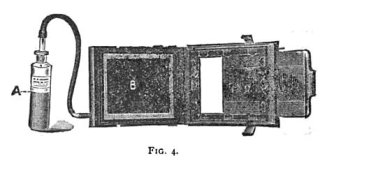holmburgers
Member
Pictures
Here are some photographs of Lippmann stuff for your viewing pleasure.
1) Cemetary, Gabriel Lippmann, circa 1910
2) Young man, Gabriel Lippmann, circa 1910
3) Interferential Lippmann plate reproducing a color circle, Anonymous, circa 1893
4) Gabriel Lippmann himself, in the laboratory, circa 1900
5) Labeled Vignette du Maréchal Soult sur une boite d'allumettes, probably by Louis Lumiere, circa 1893
Here are some photographs of Lippmann stuff for your viewing pleasure.
1) Cemetary, Gabriel Lippmann, circa 1910
2) Young man, Gabriel Lippmann, circa 1910
3) Interferential Lippmann plate reproducing a color circle, Anonymous, circa 1893
4) Gabriel Lippmann himself, in the laboratory, circa 1900
5) Labeled Vignette du Maréchal Soult sur une boite d'allumettes, probably by Louis Lumiere, circa 1893











